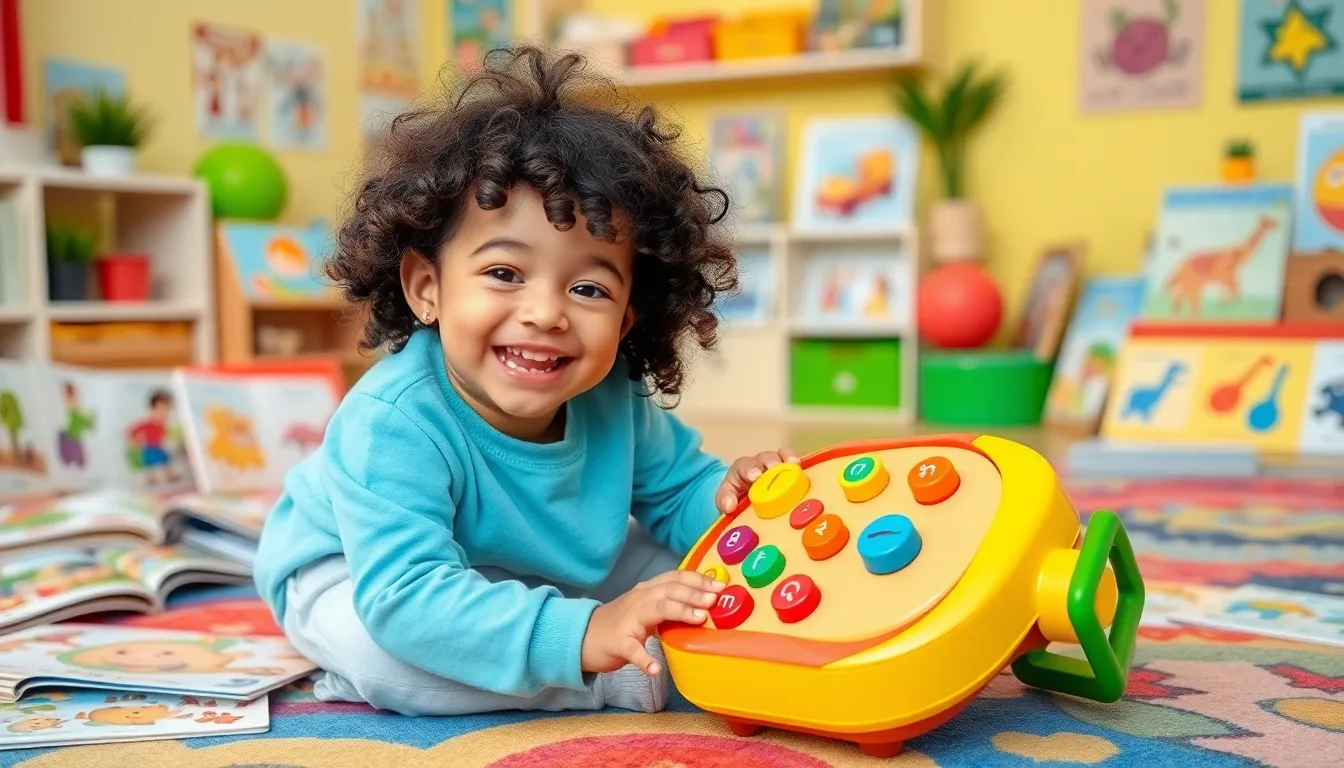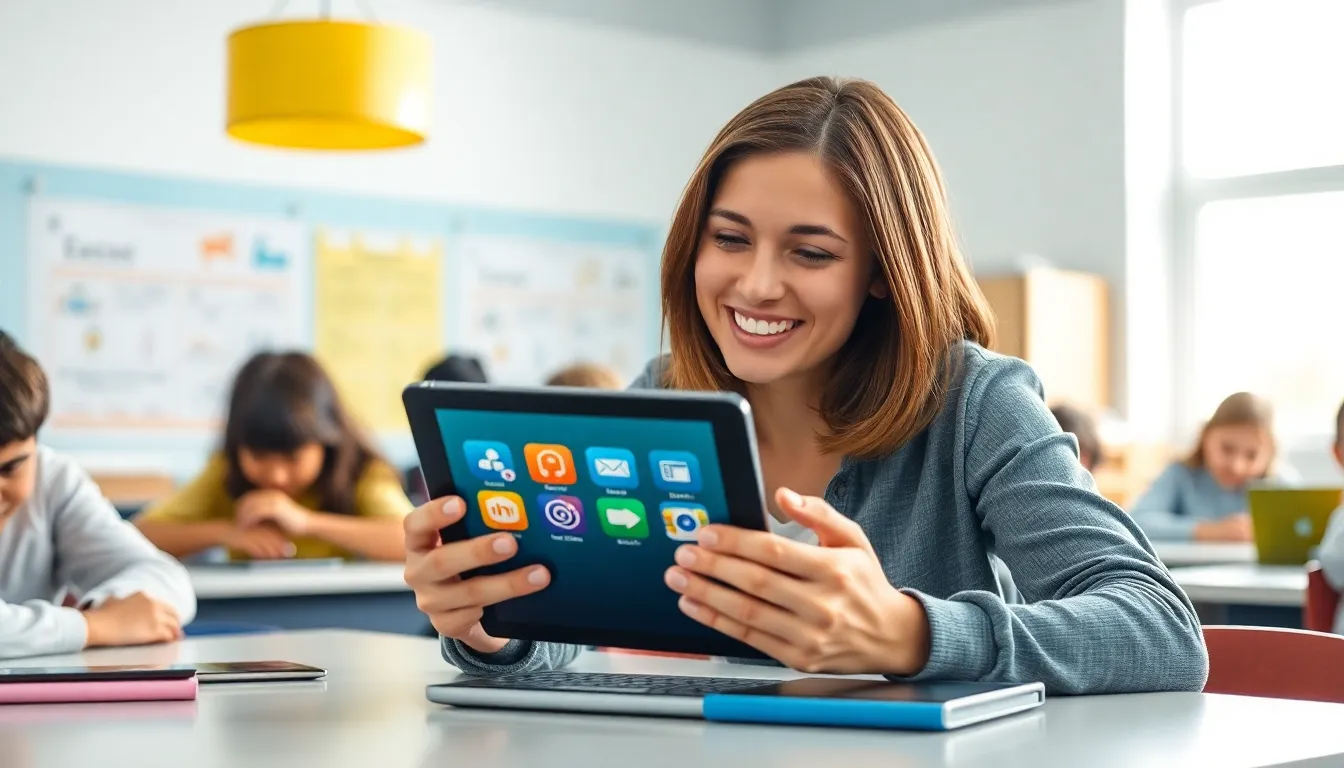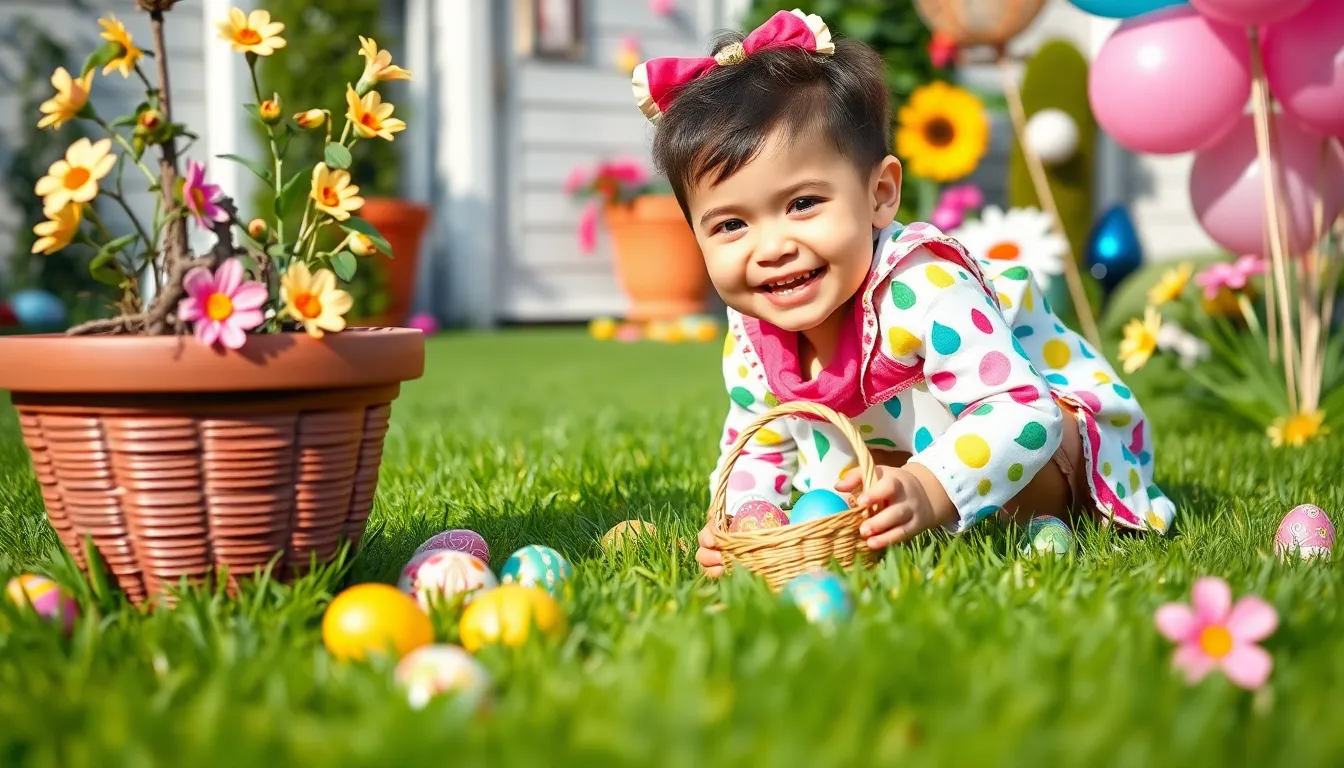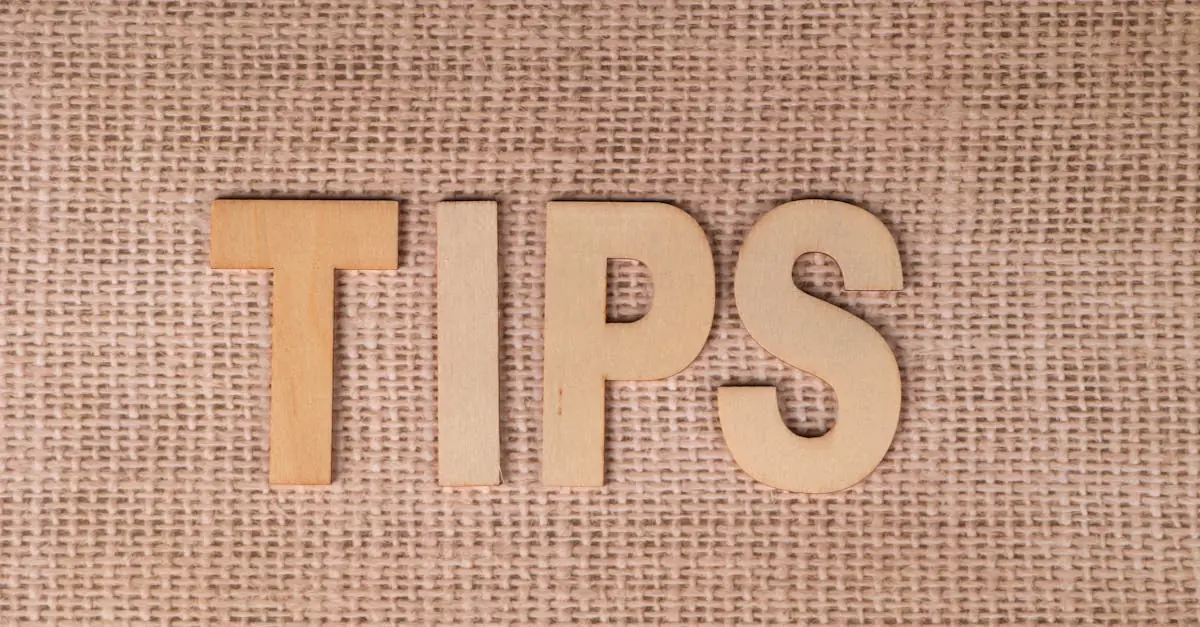In a world where toddlers can master smartphones faster than their parents, why not give them a head start in language too? Bilingual educational toys are not just playthings; they’re the ultimate brain boosters that make learning a new language as fun as a game of hide-and-seek. Imagine your child giggling while they learn to count in Spanish or sing nursery rhymes in French. Who knew education could sound so delightful?
Table of Contents
ToggleOverview of Bilingual Educational Toys
Bilingual educational toys enhance language development in children through interactive play. These toys encourage engagement by incorporating multiple languages, allowing kids to learn vocabulary and phrases effortlessly. Popular examples include musical toys that introduce songs in different languages, counting games that teach numbers in Spanish or French, and storybooks featuring bilingual texts.
Parents appreciate the variety available within the market. Many toys target different age groups, adjusting complexity to suit toddlers or preschoolers’ developmental stages. It’s essential to select toys with bright colors and dynamic designs, as these features attract young learners’ attention and stimulate curiosity.
Furthermore, bilingual toys foster cultural awareness. Children gain exposure to diverse languages and customs, which enriches their understanding of the world. Research indicates that early language exposure results in improved cognitive skills, enhancing overall academic success.
Many manufacturers design these toys with innovative technology, incorporating voice recognition and interactive elements. Such features make the learning experience more immersive and fun, capturing children’s focus during playtime. When kids interact with these toys, they practice pronunciation and comprehension without pressure, promoting a natural learning environment.
Bilingual educational toys serve as powerful tools for early language acquisition, making learning joyful and effective.
Benefits of Bilingual Educational Toys

Bilingual educational toys offer numerous advantages for children’s development. These toys significantly contribute to cognitive growth and enhance language skills.
Cognitive Development
Cognitive development improves through bilingual toys. Engaging in bilingual play activities strengthens memory and problem-solving abilities. Learning multiple languages stimulates the brain, encouraging critical thinking. Enhanced attention spans and increased focus often result from interacting with these toys. Exposure to different languages activates various cognitive processes, making learning experiences richer. Children also exhibit greater creativity as they explore diverse cultural contexts through play.
Language Skills Enhancement
Language skills enhancement occurs naturally with bilingual educational toys. Children practice pronunciation and vocabulary through interactive elements. They gain fluency in both languages, reinforcing communication skills. Multilingual toys encourage participation in conversations, increasing comfort in speaking. Understanding language structure becomes easier when exposed to bilingual inputs. Increased listening skills result from engaging with toys that incorporate music and storytelling. Regular interaction with these toys fosters a lifelong love for language learning.
Types of Bilingual Educational Toys
Bilingual educational toys come in various forms, enriching the learning experience for children. These toys promote engagement and facilitate language skills effectively.
Interactive Toys
Interactive toys encourage hands-on learning and language practice. These toys often feature buttons for sounds, allowing children to hear words and phrases in multiple languages. Children frequently manipulate these toys, enhancing their motor skills while they learn. For instance, a talking robot may provide vocabulary in both English and Spanish, enabling kids to grasp language concepts naturally. Many interactive toys also incorporate games that reinforce vocabulary and pronunciation, making playtime both fun and educational.
Books and Puzzles
Books and puzzles serve as foundational bilingual resources for language development. Bilingual books present stories in two languages, allowing children to compare texts and expand their vocabulary. These books typically include illustrations to support comprehension and engage young readers. Puzzles featuring words or images in different languages enhance problem-solving skills and offer a visual context for language learning. Many parents find bilingual puzzles useful for teaching words while developing spatial awareness, fostering a love for learning languages at an early age.
Choosing the Right Bilingual Educational Toy
Selecting the right bilingual educational toy involves careful consideration of various factors to ensure the best learning experience. Parents must assess their child’s unique needs and preferences as they choose.
Age Appropriateness
Age-appropriate toys match development stages and promote effective learning. For toddlers aged one to three, simple toys with basic vocabulary and sounds suit their early language skills. As children grow, engaging toys that introduce complex phrases and concepts become beneficial. Toys designed for preschoolers often focus on interactive elements that encourage hands-on learning. Age guidelines on packaging help parents find toys tailored to their child’s developmental level. By ensuring toys cater to age expectations, parents enhance language acquisition while keeping playtime enjoyable.
Language Pair Considerations
Language pair choices significantly impact learning outcomes. Parents should consider the languages their family speaks or plans to introduce. Classic combinations, such as English and Spanish, help children relate to everyday experiences, making learning more meaningful. Alternatively, less common pairs, like French and Mandarin, can pique interest and broaden cultural understanding. It’s essential to select toys that balance both languages equally, fostering bilingual fluency. Research suggests that consistent exposure to language pairs enhances cognitive benefits and promotes stronger language skills. Focus on toys that present language pairs in practical contexts for effective learning.
Bilingual educational toys offer a unique blend of fun and learning that can significantly benefit toddlers. By engaging with these interactive tools children not only acquire language skills but also develop cognitive abilities that pave the way for future academic success. The variety of available options ensures that parents can find the perfect match for their child’s age and interests.
These toys also promote cultural awareness enriching a child’s understanding of the world. As children play and learn they cultivate a lifelong passion for languages that can open doors to new opportunities. Investing in bilingual educational toys is a step toward nurturing well-rounded and culturally aware individuals who are prepared for an increasingly globalized society.








